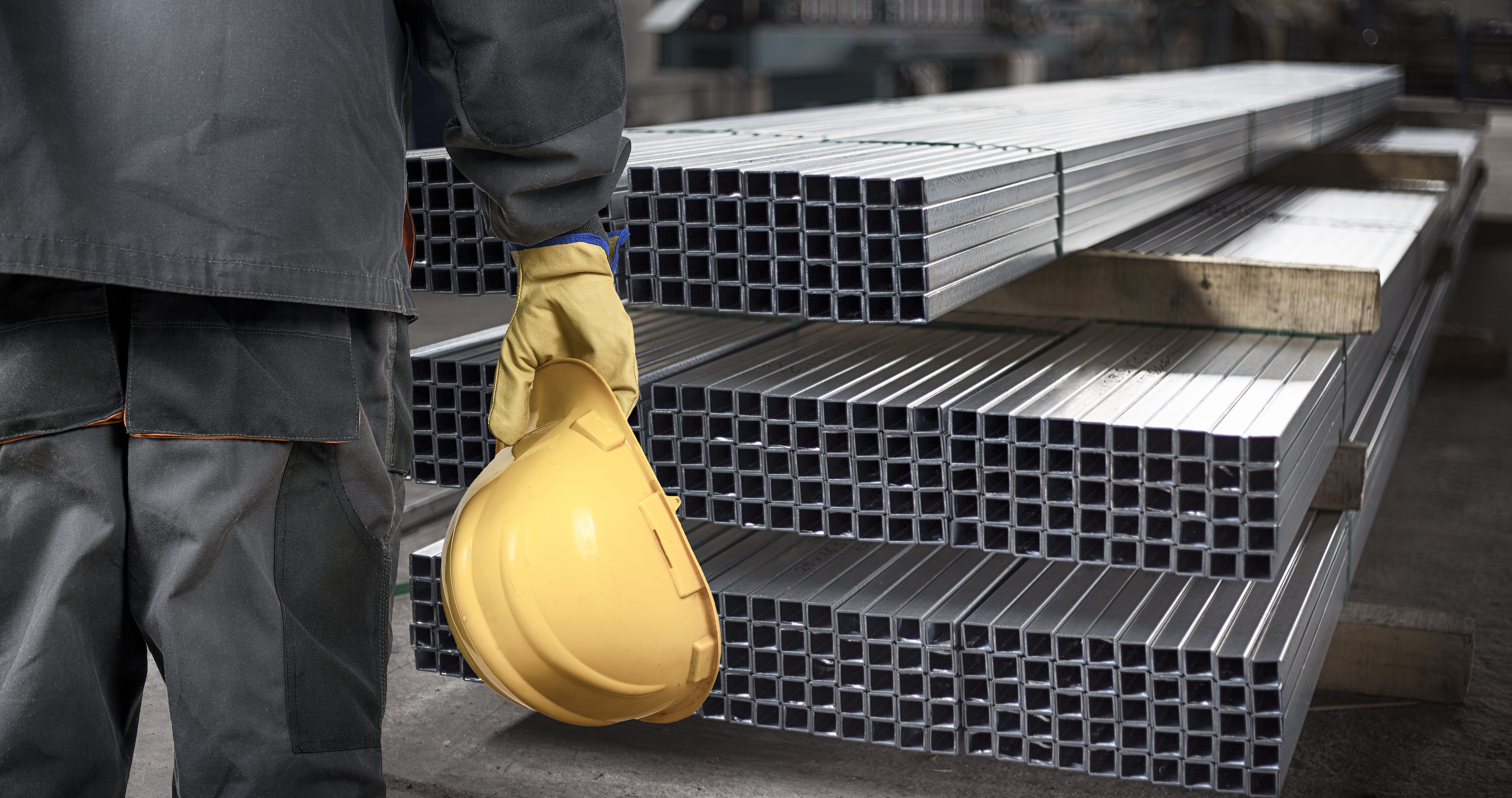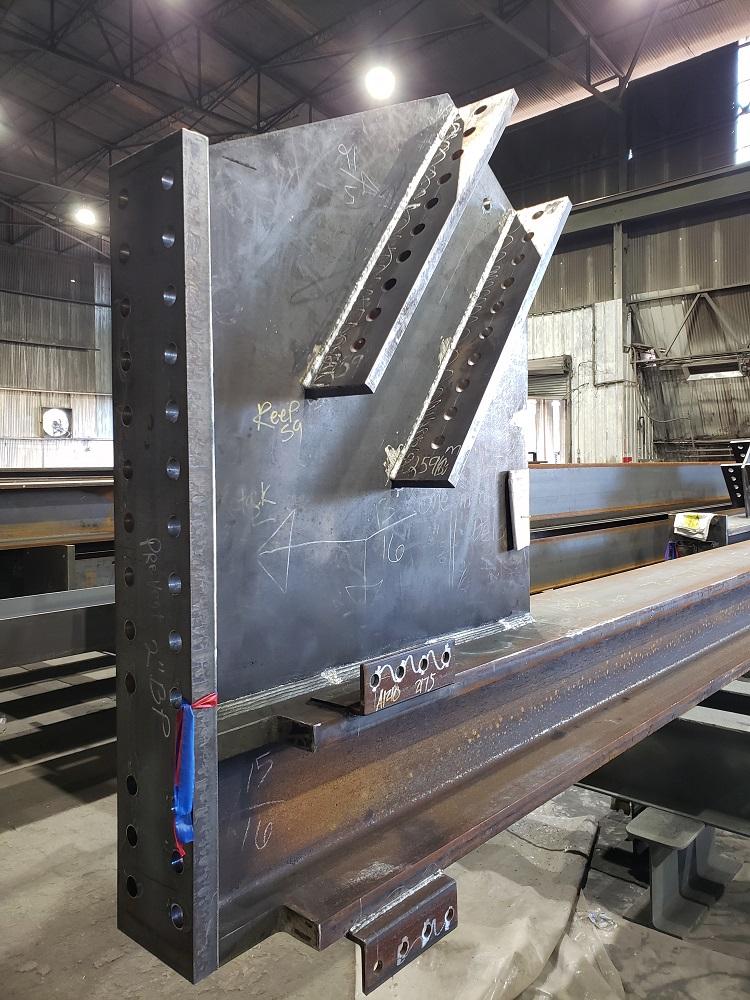Why Alpha Reo Is the Leading Selection for Steel Support
Why Alpha Reo Is the Leading Selection for Steel Support
Blog Article
Cutting-edge Patterns in Steel Manufacture: Enhancing Durability and Accuracy
In the realm of steel fabrication, the quest of longevity and precision has led to a wave of innovative patterns that are reshaping the industry. These trends are not just shaping the present yet also laying the groundwork for the future of steel construction, guaranteeing more improvements in resilience and accuracy.
Advanced Welding Technologies
In the realm of steel manufacture, the adoption of cutting-edge welding modern technologies has dramatically reinvented the industry's technique to achieving exceptional quality and accuracy in architectural welds. Advanced welding innovations, such as laser beam welding and friction stir welding, have emerged as game-changers in the area. By leveraging these advanced welding methods, steel fabricators can elevate the durability, stamina, and accuracy of their architectural welds, meeting the progressively demanding needs of modern building tasks.
Robotic Automation in Construction
Embracing robotic automation has actually come to be a cornerstone of contemporary steel manufacture practices, enhancing and enhancing procedures efficiency across the market. Robotics are changing the method steel elements are made, offering unequaled accuracy and rate while reducing human error. These automated systems can manage recurring jobs with regular precision, causing better final result.
One key advantage of robotic automation in steel manufacture is the ability to work around the clock without fatigue, considerably enhancing production output. This continuous procedure minimizes downtime and increases project timelines, ultimately conserving costs for makers. Additionally, robotics can be set to execute elaborate jobs that may be tough or hazardous for human workers, boosting safety and security in the office.
Moreover, robotic automation makes it possible for seamless assimilation with various other digital innovations, such as computer-aided layout (CAD) software application and Net of Points (IoT) systems (steel fabrication melbourne). This interconnected strategy boosts communication between various phases of construction, maximizing operations and guaranteeing real-time tracking and control. As the steel manufacture market remains to advance, robotic automation attracts attention as a transformative pressure driving efficiency and accuracy in making processes

High-Strength Alloy Development
The development of high-strength alloy advancement in steel construction is reshaping the market's method to boosting product durability and performance. High-strength alloys are crafted to show premium mechanical homes, such as boosted tensile toughness, durability, and rust resistance compared to conventional steel grades. By integrating these sophisticated alloys into fabrication procedures, suppliers can generate parts that hold up against greater anxiety levels and harsh settings, leading to more trusted and long lasting final product.
One secret benefit of high-strength alloy growth is the capacity to decrease product density without jeopardizing architectural integrity. This not just leads to lighter-weight components yet likewise contributes to set you back financial savings and improved performance in construction and setting up procedures. Additionally, the enhanced strength-to-weight proportion of these alloys enables for the layout and building of structures with higher load-bearing capabilities while minimizing total weight.
3D Modeling and Simulation Software
Developments in steel manufacture processes have actually been significantly driven by the combination of cutting-edge 3D modeling and simulation software application devices. These tools enable makers to produce detailed online versions of their projects, enabling them to picture the last product with precision prior to any kind of manual labor begins. By imitating various anxiety factors, environmental problems, and architectural tons, fabricators can optimize styles for improved durability and performance. Furthermore, 3D modeling and simulation software program enhance the manufacturing procedure by recognizing potential concerns at an early stage, minimizing the demand for pricey rework and minimizing material waste.

Lasting Practices in Steel Manufacturing
Including sustainable methods into steel manufacturing procedures is necessary for decreasing environmental influence and guaranteeing lasting resource accessibility. One essential sustainable method is the fostering of energy-efficient technologies to minimize greenhouse gas exhausts during the steel manufacturing process. This consists of making find more info use of renewable resource resources, such as solar or wind power, to power steel plants and executing energy-efficient equipment to maximize power usage.
One more critical aspect of sustainable steel production is the accountable sourcing of raw products. This involves guaranteeing that check out here the iron ore and various other sources utilized in steelmaking are gotten from eco pleasant and ethical sources. By advertising transparency in the supply chain and adhering to rigorous environmental criteria, steel suppliers can lessen the adverse influences of source extraction on local environments and areas.

Final Thought
To conclude, the innovative patterns in steel manufacture such as sophisticated welding innovations, robotic automation, high-strength alloy growth, 3D modeling and simulation software program, and sustainable techniques are improving the longevity and accuracy of steel products. These innovations are reinventing the steel manufacture market by improving sustainability, efficiency, browse this site and top quality. It is clear that the future of steel construction depends on embracing these sophisticated technologies to fulfill the demands of modern-day construction and manufacturing sectors.
In the realm of steel manufacture, the pursuit of longevity and precision has actually led to a wave of cutting-edge patterns that are improving the industry.In the realm of steel manufacture, the adoption of advanced welding technologies has actually considerably changed the industry's technique to achieving exceptional quality and accuracy in architectural welds. As the steel fabrication market proceeds to evolve, robotic automation stands out as a transformative force driving effectiveness and accuracy in manufacturing processes.
Additionally, reusing and reusing steel scrap and waste products play a significant role in improving the sustainability of steel manufacturing. steel fabricators melbourne.In final thought, the ingenious fads in steel manufacture such as advanced welding innovations, robot automation, high-strength alloy advancement, 3D modeling and simulation software, and lasting practices are enhancing the sturdiness and accuracy of steel products
Report this page